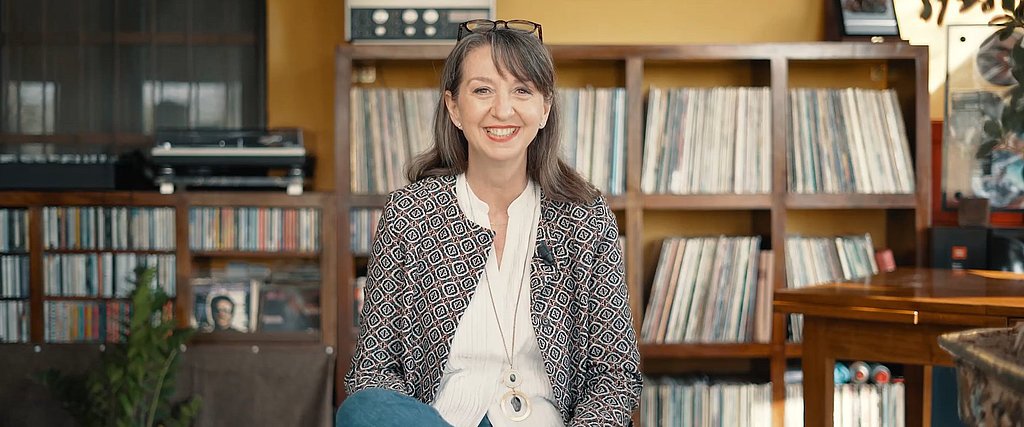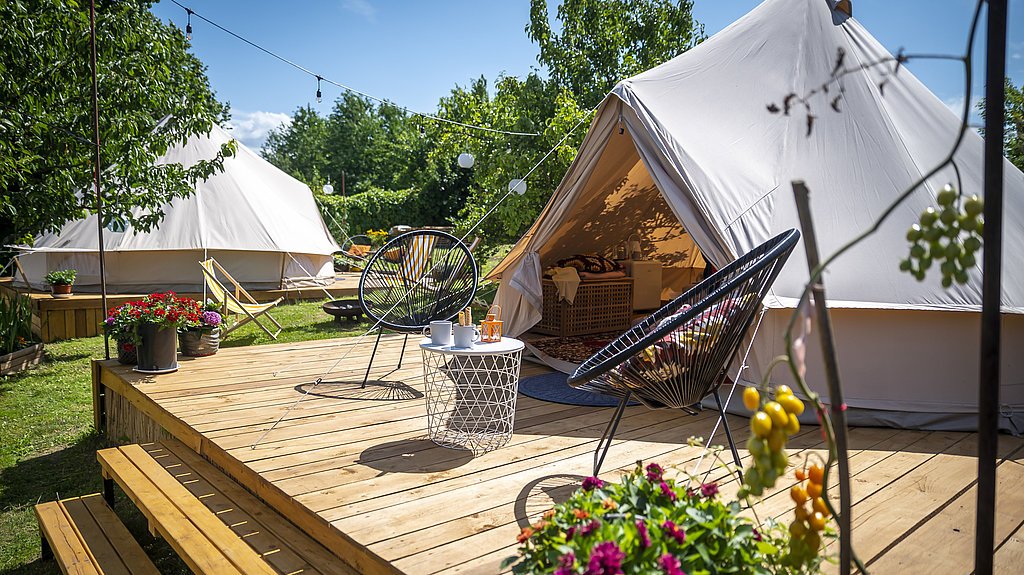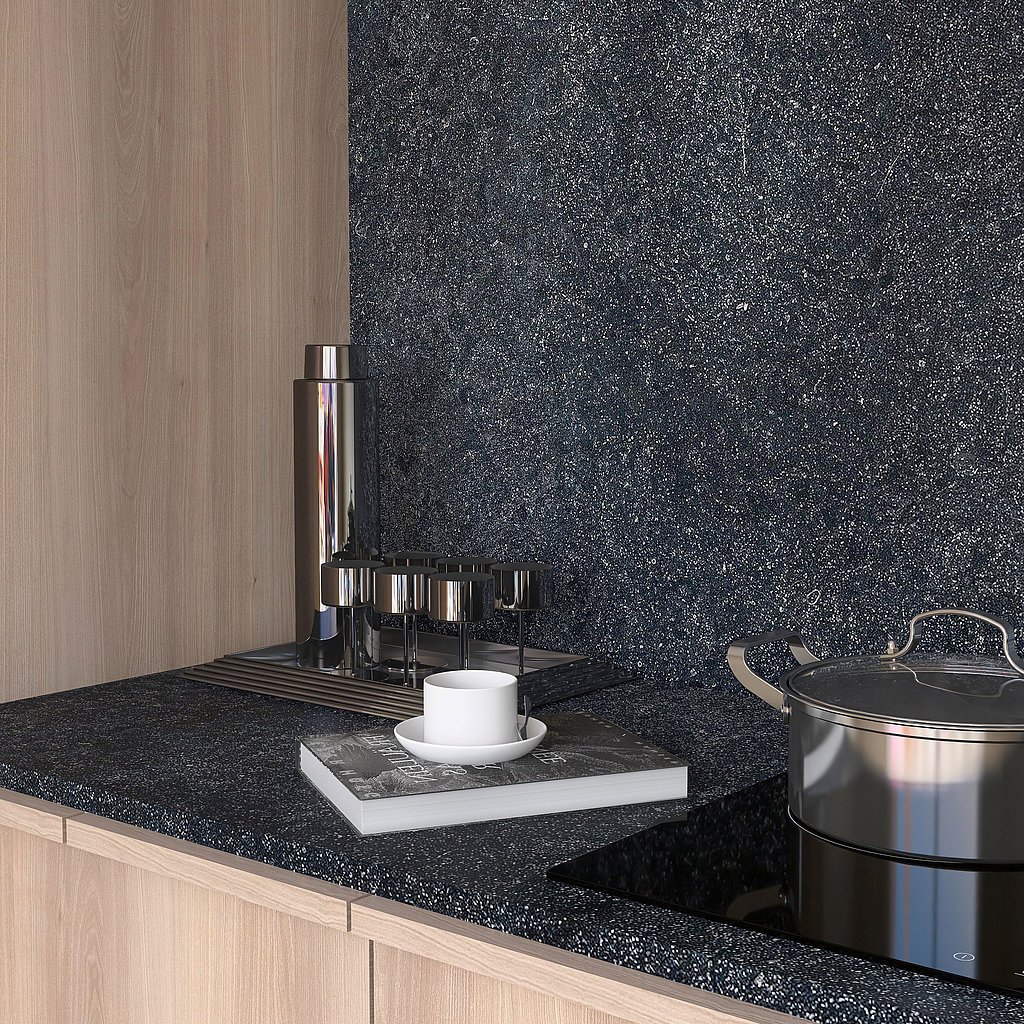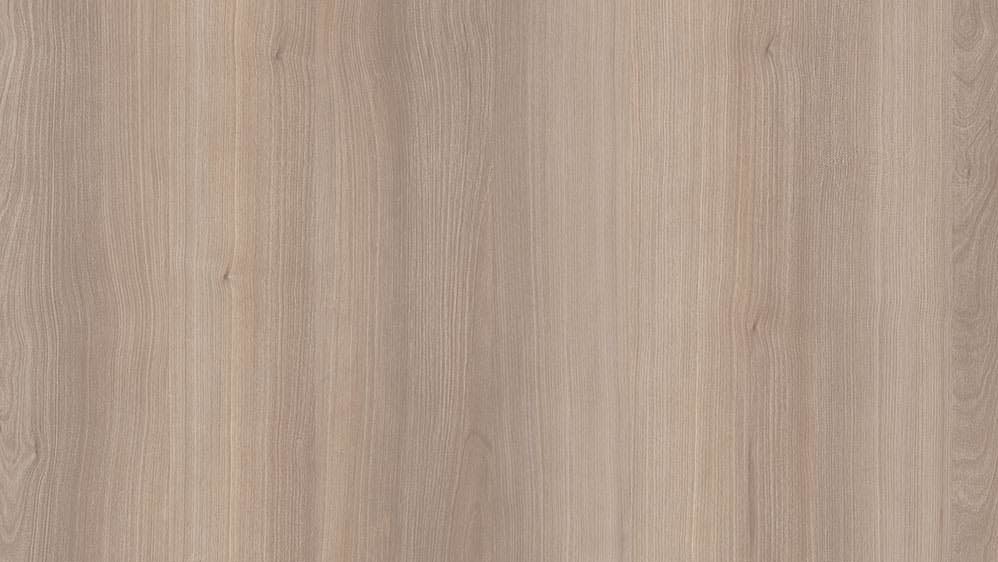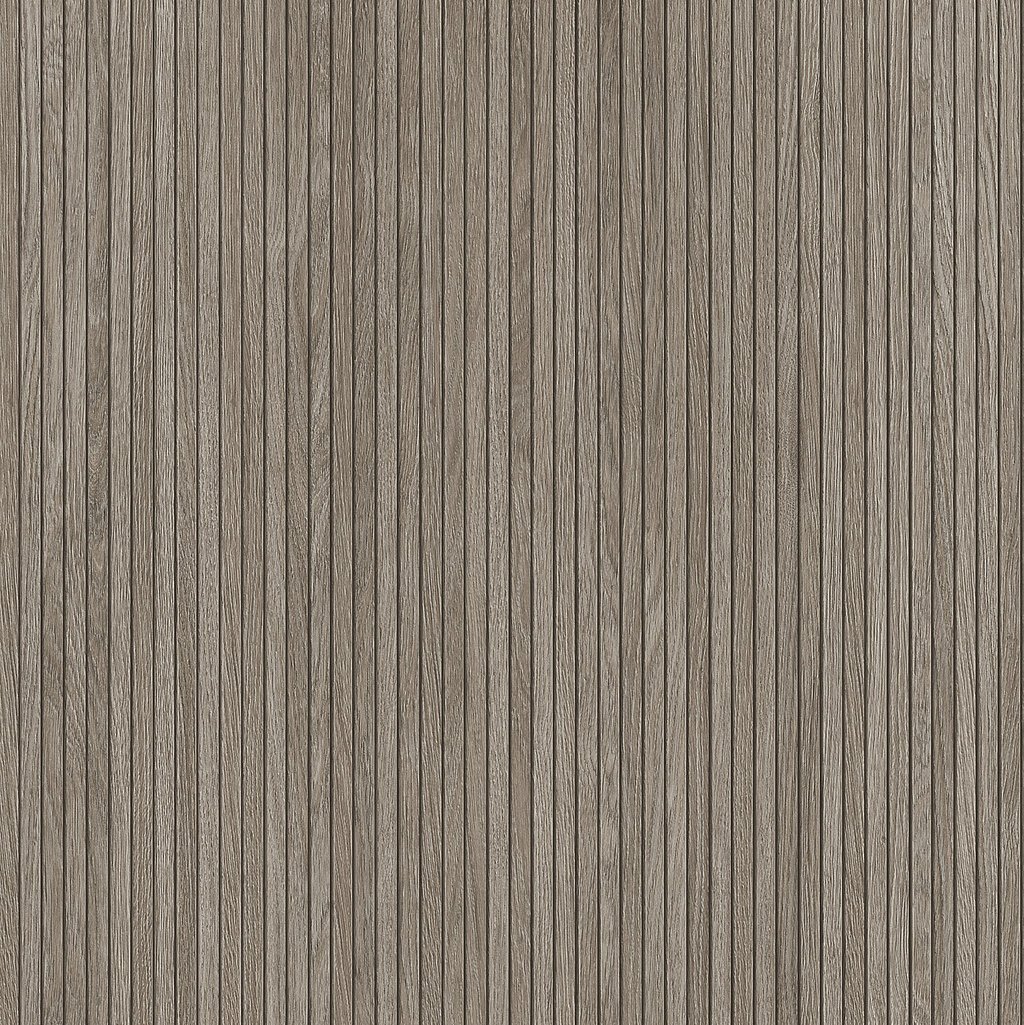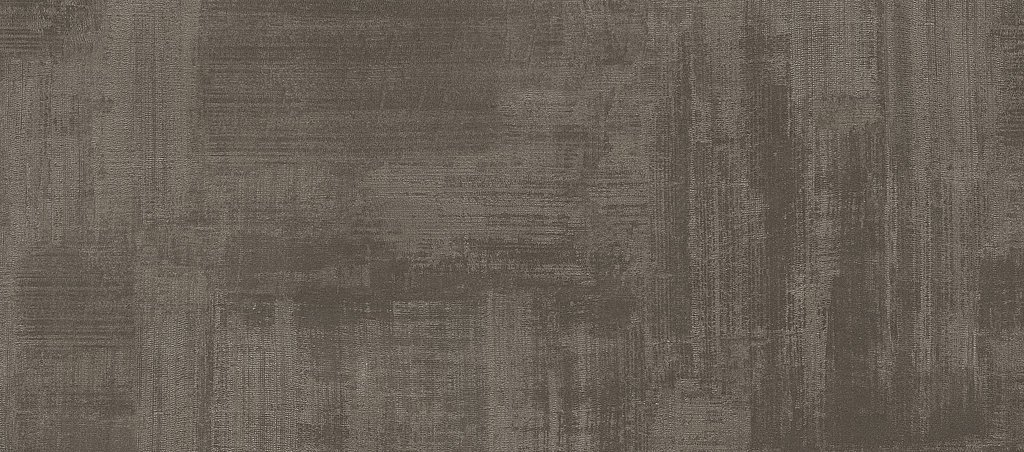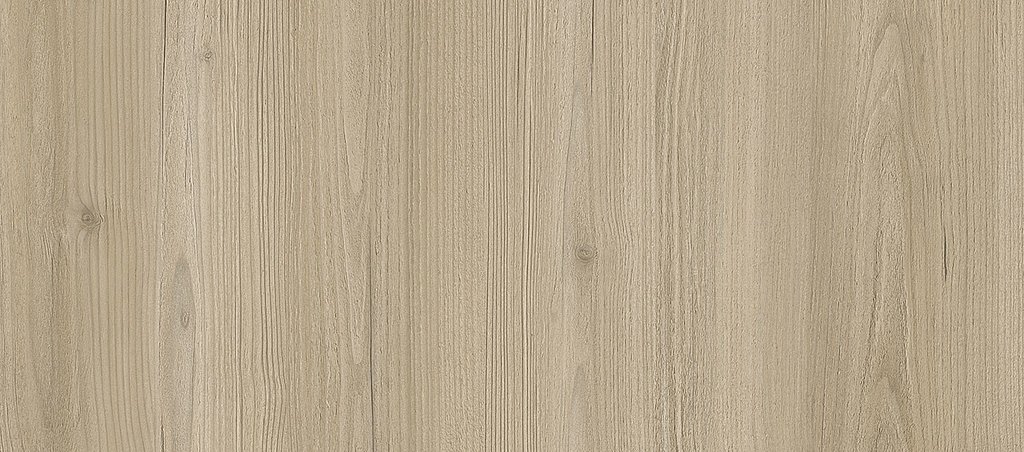“Let’s go get lost, let’s go get lost!”
Part 1: Escaping into the countryside
In the past two years, Europe has rediscovered the thrill of living a nomadic existence. The new trend: Get away from home and lose yourself somewhere out there in the big wide open world. To coincide with the start of the outdoor season, we take a look at the creativity with which people have used to escape from their living rooms and the vehicles they have chosen for their journeys.
Eskapismus 2021!
Escapism 2021! Last summer, people around the world found imaginative ways to transport themselves out of closed spaces and into the open air. Many of us went mobile. We hit the road, shifting our leisure time to the outdoors. We simply took our belongings – and some of us even our jobs – with us. Home office on four wheels? Exactly! The main focus is being outside!
“Road trippin' with my two favorite allies
Fully loaded we got snacks and supplies
It's time to leave this town,
It's time to steal away
Let's go get lost anywhere in the USA
Let's go get lost, let's go get lost”
Road trippin' | Red Hot Chili Peppers
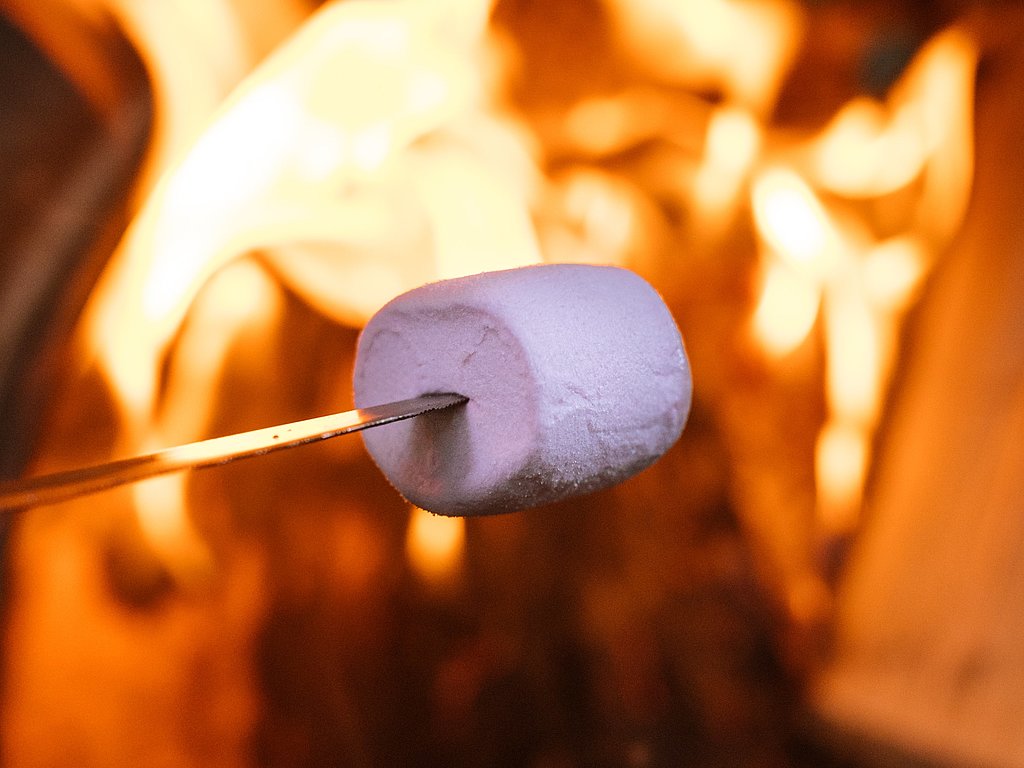
Suddenly, the question of which vehicles we should take on our exploration into the countryside came into focus. Right off everyone in Europe wanted a caravan, a motorhome or, depending on the situation, a camper van. Marc Dreckmeier from the German Caravaning Industry Association (CIVD) knows the numbers: In 2021, the European market for recreation vehicles recorded a spectacular 9.9% increase—compared to the even more spectacular previous year's increase of 11.6% (Info: as of January 14, 2022). Almost 260,000 recreational vehicles were registered for the first time, meaning that the European RV industry can celebrate the best year in its history for the fifth year in a row. Europeans clearly have travel fever.
Just like Kornelia!
Kornelia Karwacka, a school friend of our colleague Joanna Misiun, also has travel fever: Normally, she travels all over the world as a tourism expert and accompanies Polish tourists, for example, through Australia, New Zealand, or Africa. With the onset of the pandemic, her job was instantly put on pause. During the Warsaw lockdown, she and her partner decided to finally do what they had always wanted to do:
They bought an old Ford Transit camper and within two months, with the help of do-it-yourself videos, converted it to be livable, practical, and exactly how they envisioned it. Just like Kornelia's grandfather during the days of the Iron Curtain, the two freelancers traveled to Croatia and enjoyed three bright sunny weeks in their very own tiny seven square meters which included everything they needed such as a toilet, mini-kitchen, and both an indoor and outdoor shower. While Kornelia finally had plenty of time to relax and think, another idea came to her, which we will reveal later in this article.
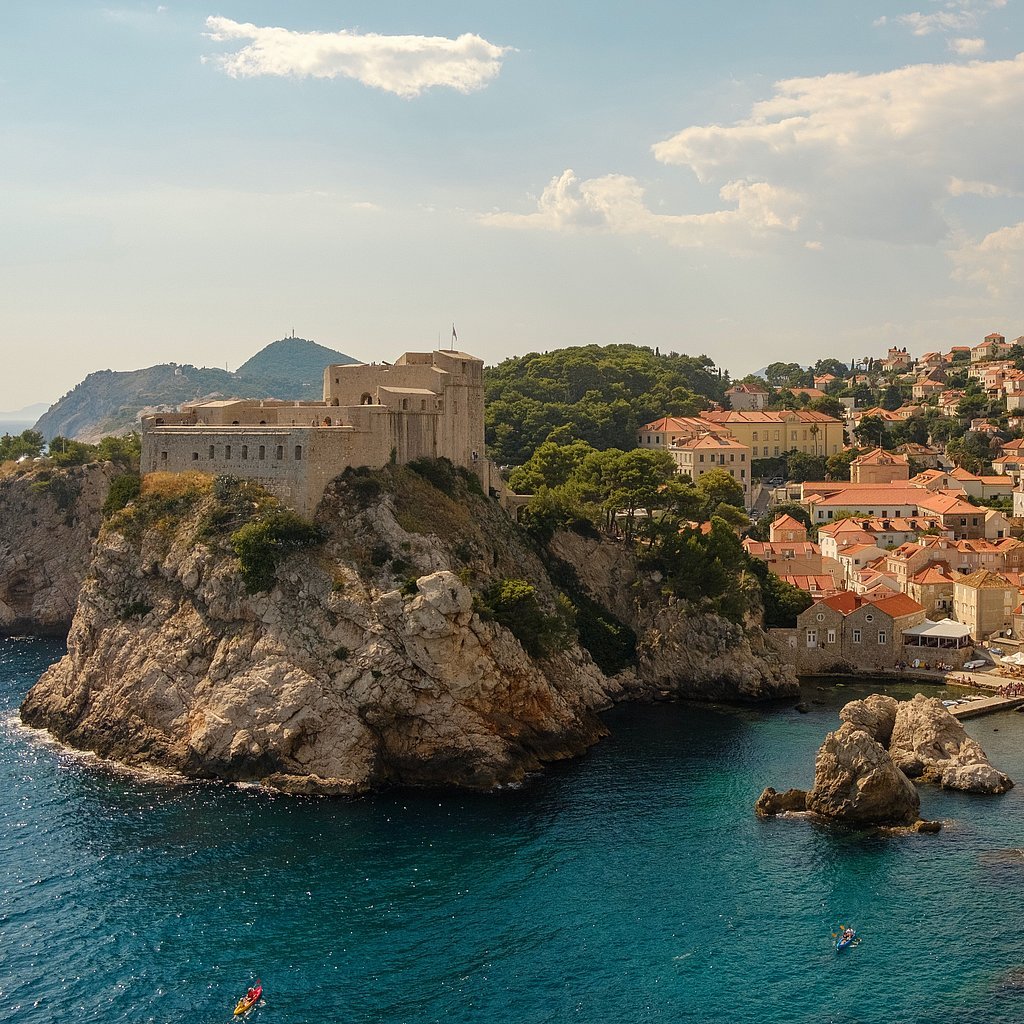
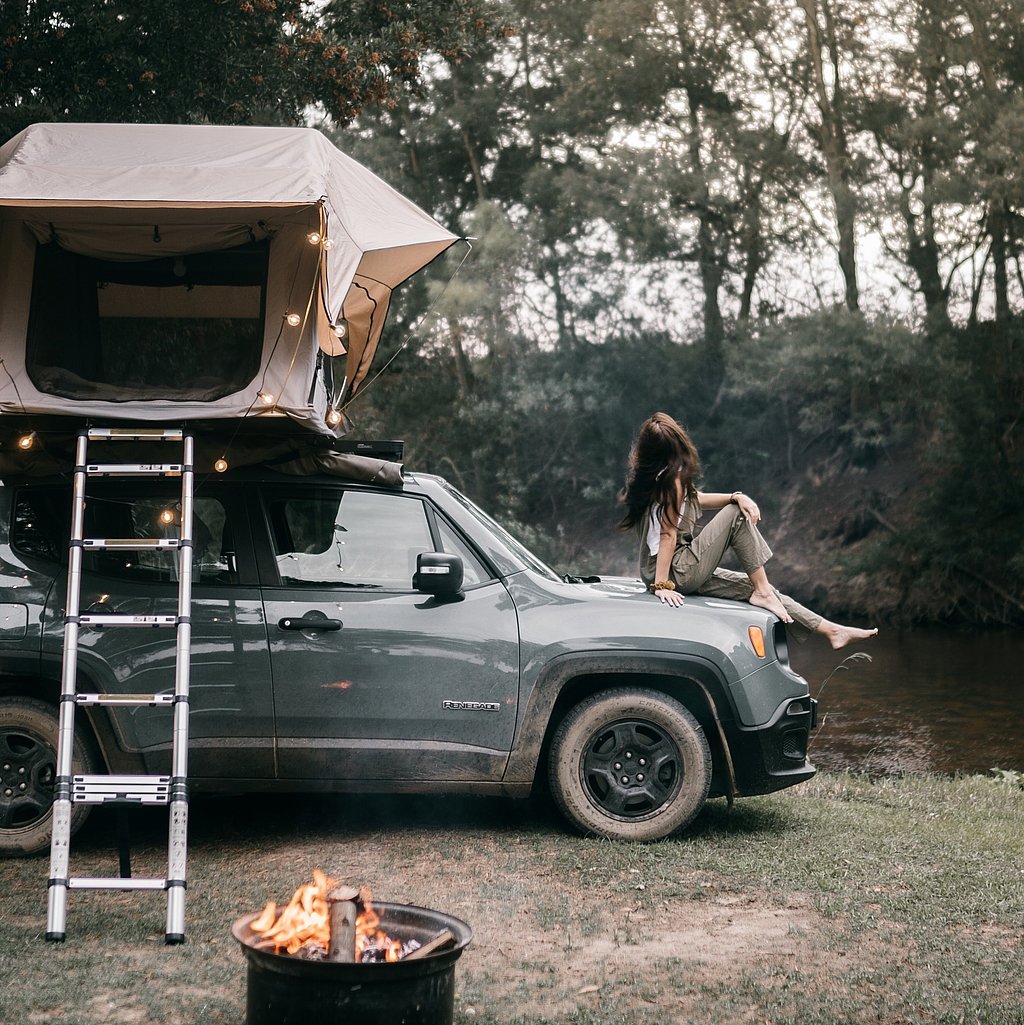
Tent, dacha, cottage, allotment garden
Endless possibilities also opened up for those with wanderlust who had not hopelessly fallen victim to camper fever. Some simply went camping, as they used to, did without creature comforts, and consciously indulged in the Spartan esthetic. Others were specifically looking for luxury glamping offers, opulently furnished yurts, or tree houses equipped with WiFi. When living under the open sky, they wanted to combine a maximum feeling of freedom with maximum comforts of home.
Meanwhile, allotment garden concepts close to the city are also experiencing a renaissance. Our colleague Joanna Misiun told us, for example, that the prices for działka – the weekend homes popular throughout Eastern Europe – which had become totally outdated after the fall of communism, had tripled.
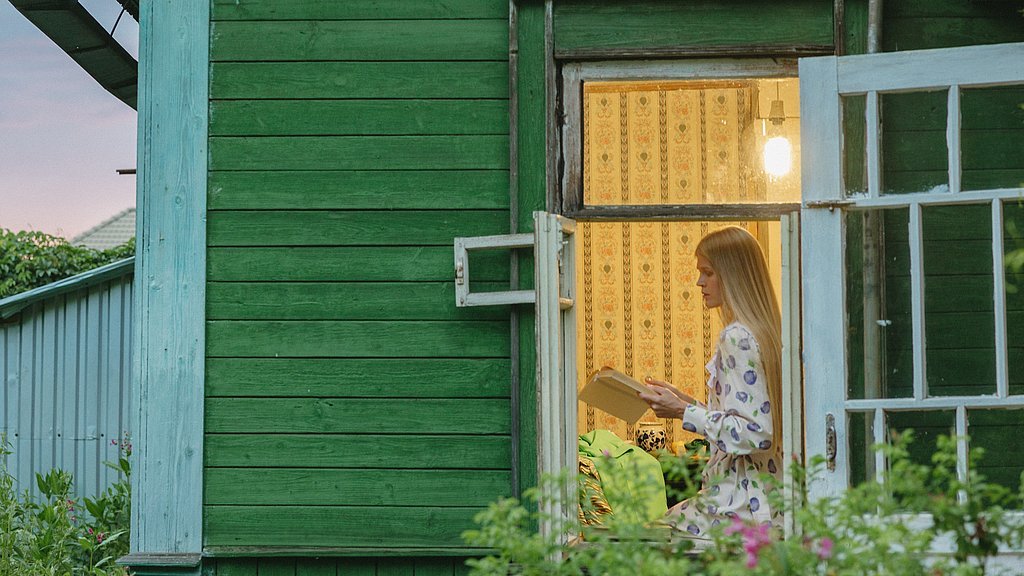
„Since 2020, we have been observing a total boom for this form of recreation in Poland. Due to the great demand, the prices of allotments skyrocketed. Nowadays the perpetual lease of a small, small plot of land and a hut can cost as much as a flat.”
Joanna 'Asia' Misiun, designer at Schattdecor Poland
Getting hold of a hytte in Norway, a chata or chalupa in the Czech Republic or a dacha in eastern Germany was actually out of the question because of the high demand. In large parts of Germany, Austria and Switzerland, the offers for “Schrebergärten” or “Kleingärten” seemed to have become nonexistent.
'Działkowanie'—in Polish there is a word for the art of cultivating a real lifestyle on your own plot
Für Joanna ist klar, dass die Aufwertung des Prinzips „Działka“ daher rührt, dass die Menschen mit der Krise ihre Leidenschaft für die Natur wiederentdeckt haben. Dahinter steht aus ihrer Sicht aber auch eine viel ältere Sehnsucht nach mehr Grün im Leben, welches in vielen Innenstädten fehle.
For Joanna, it is clear that the new appreciation of the “Działka” principle stems from the fact that with the crisis, people have rediscovered their passion for nature. From her point of view, there is also a much older longing for more green in our lives which is missing in many inner cities.
According to Joanna's observations, very personal mini-desires such as chilling out, eating healthy, or growing one’s own carrots, are trend pushers that should not be underestimated. It is mainly young people, millennials, or parents with small children who are now interested in their own piece of land near the city or in the country. There they can get in touch with nature and relax as if on vacation, but without having to travel too far.
The tiny house
The tiny house on a green field is the minimalist, self-determined living dream of many millennials. Early adopters are driving the solutions for affordable housing, living in small spaces and combating urban housing shortages. The IKEA Foundation, for example, supports the tiny house project Wohnmaschine by Berlin architect Van Bo Le-Mentzel. And together with the tiny house experts from Vox Creative and Escape Traveler, the Swedish furniture store is currently even working on its own mini house.
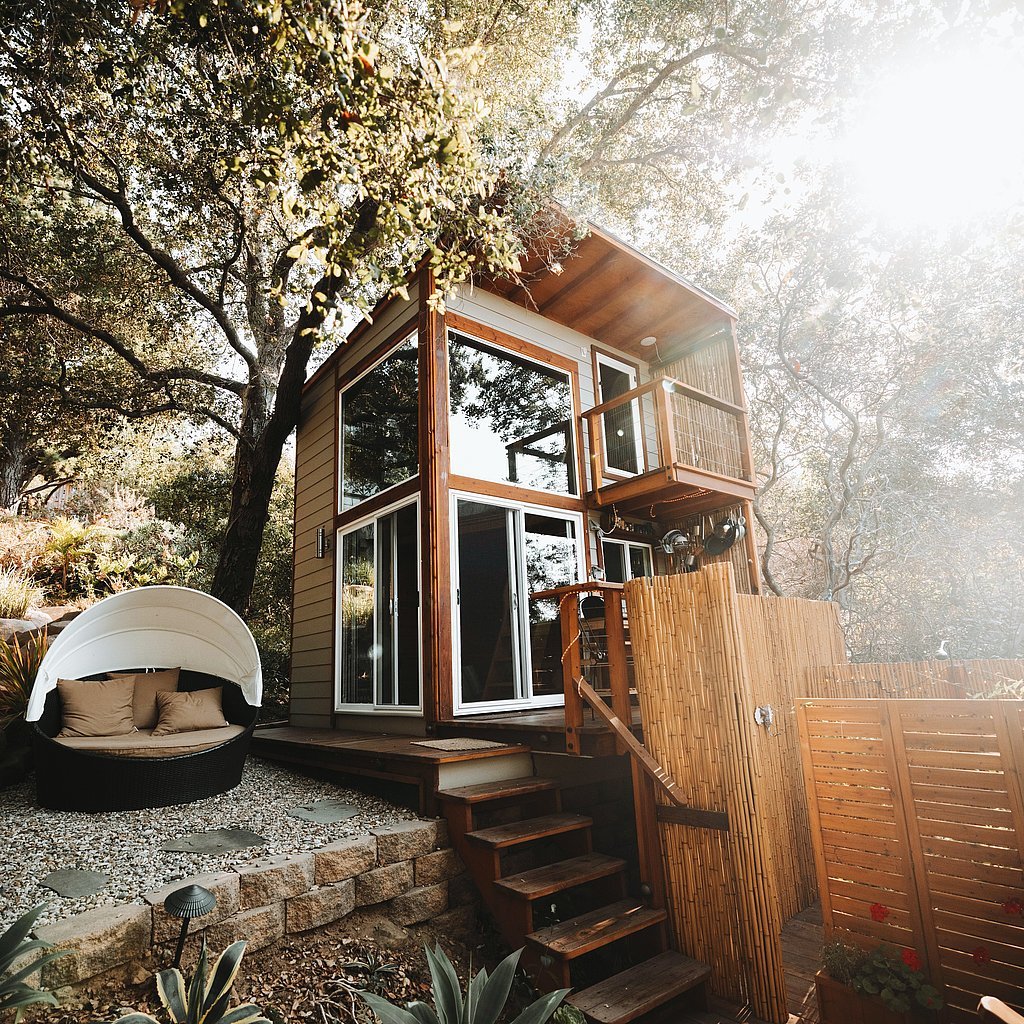
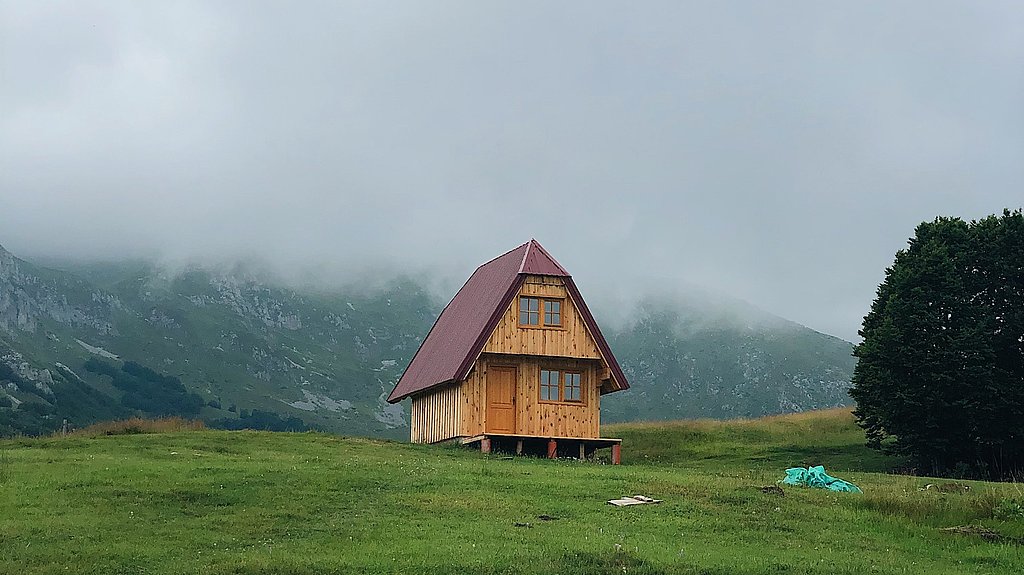
Camping + Glamour = Glamping
Meanwhile, our colleague Michela from Italy has noticed spectacular new ways of camping. In the region around Cortina d'Ampezzo, just a hair's breadth from the Italian-Austrian border she has sighted a, what do you call it? High-end campsite? Luxury camping site? Glamping site? The guests still spend a lot of time in the fresh air, but that's the only thing this type of camping has in common with self-sufficient camping.
You can spend a lot of money in the glamping site's own luxury SPA, spoil yourself with the DOC-awarded wines of the region, or indulge in the finest piatti of cucina italiana. The most generously sized camping site here is 600 square meters—for a single motorhome! There is not much left of the “holiday for the poor” stigma, which was associated with camping until recently.
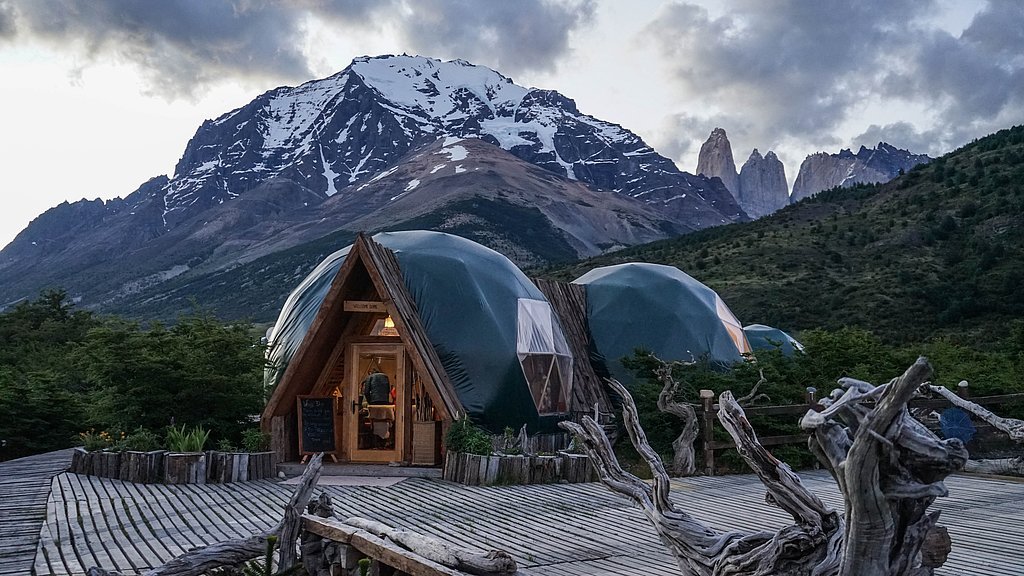
As early as May 11, 2021, the editors of campeggi.com reported in their Camping Report a 656% increase in search queries for open-air holidays in Italy. Cristian Capizzi, CEO of KoobCamp, explains, "Until a few years ago, die-hard camping fans were more likely to choose an open-air holiday, but in recent months the desire to intensify contact with nature has been on the minds of many Italians.”
And as demand grows, so do the glamping options. New platforms such as the Italian garden sharing bring tourists together with providers of garden spaces where they can park their motorhomes, using the tried-and-true intermediary approach of Airbnb's.
Or lodge holidays in Masuria?
Which, as promised, brings us back to Kornelia Karwacka. On her camper trip through Croatia, she remembered how she had first admired tourist lodge tents in the style of Hemingway in Kenya. In Croatia, she encountered such fantastic accommodation options for the second time at a seven-star campsite. And that's when she knew she wanted to bring that idea back home. She decided to leave the laid-back but noisy Warsaw for good and start a trendy new business in the tranquil village of her childhood in the picturesque Warmian-Masurian Voivodeship.
„Mikołajki has 3,800 inhabitants. Even as a child I can remember the many tourists in our village. Back then, I was always drawn away, to places that seemed bigger, more significant. Only after many trips did I realize how beautiful my birthplace really is. We really wanted to start something new: My boyfriend and I gave up our apartment, left the big city and moved back home.“
Kornelia Karwacka, new glamping site provider in Masuria
With the help of Kornelia's father, a passionate do-it-yourselfer with a seemingly endless supply of things "you’re sure to need someday" (we know this from our own fathers), Glamping Mikołajki was created in her childhood garden. There, the tourism expert now offers modern nomads two lodge-like luxury tents, direct contact with nature, wonderful nights under the stars and a village with baroque merchants' houses and a picturesque mini harbor.
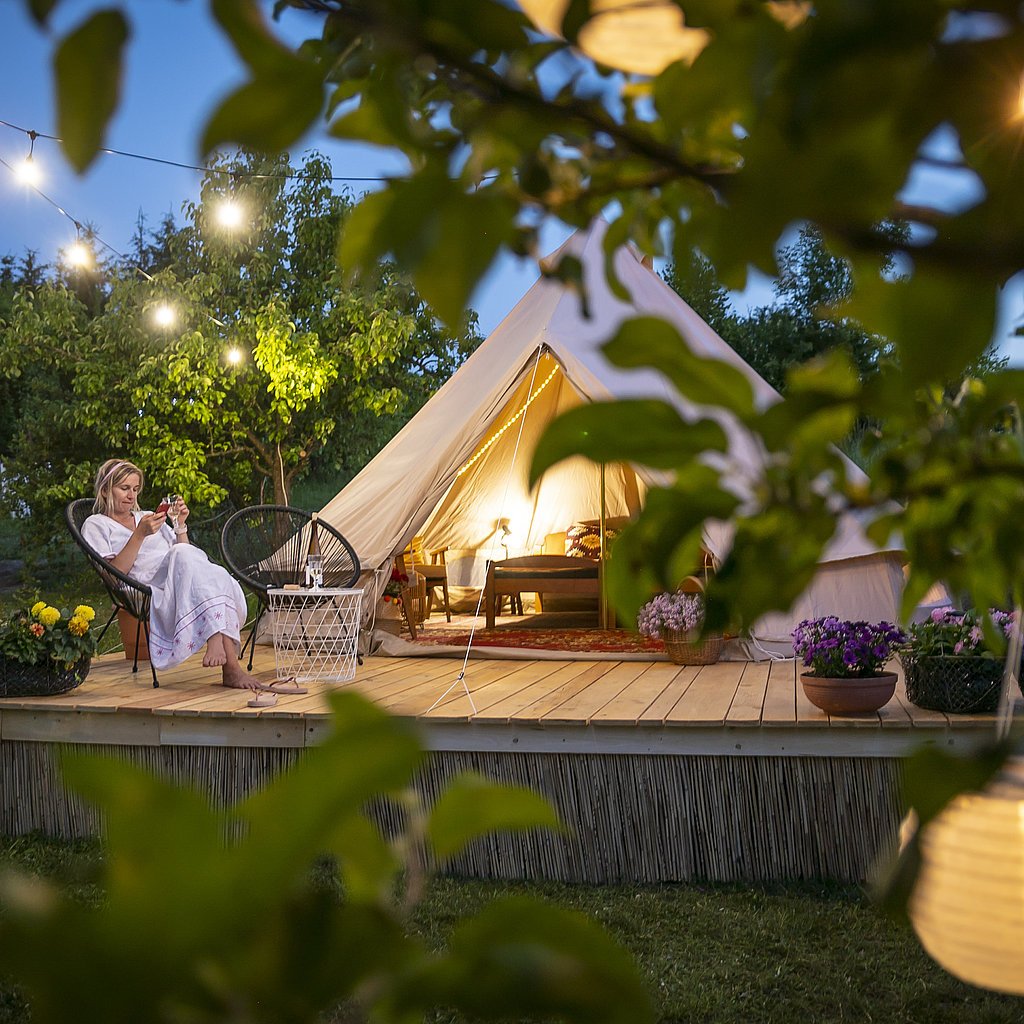
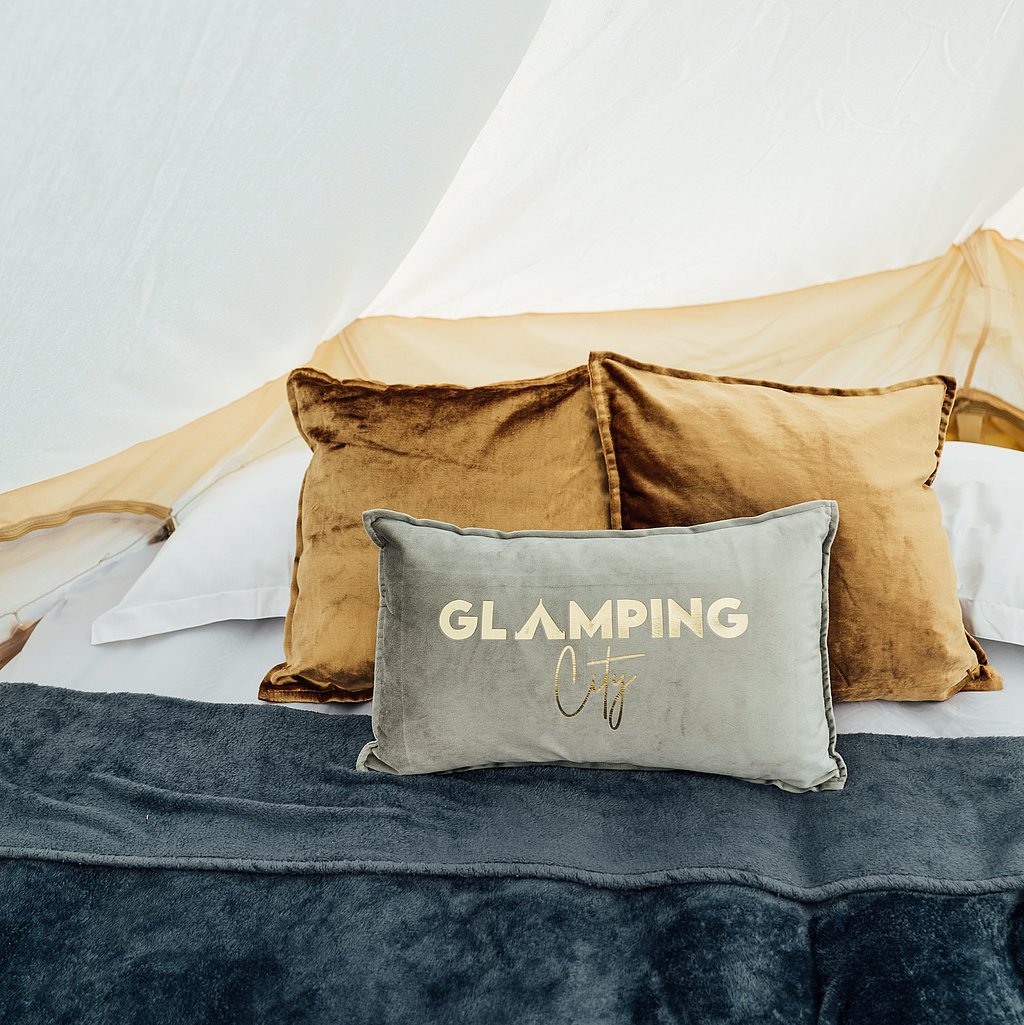
A look at China and the USA
In the past two years we have learned that socializing does not necessarily always have to take place within four walls that stand firmly on a concrete foundation. Challenges have always made people more inventive. It's wonderful how mobile Europe has become and how the young adventurer community celebrates life on four or more wheels.
In the continuation of this article we will get to know Jens, whose family consists of enthusiastic camper owners. Then we will explore the question of whether the escapism boom into the countryside has also taken place in China. And finally, let's take a look at the boom within the decades-old motorhome culture in the US. There, people choose a mobile life for a wide variety of reasons not necessarily just to travel, but to actually live in their vehicles.
